Safely Remove Boxelder Bugs from Walls and Windows: Extermination Guide
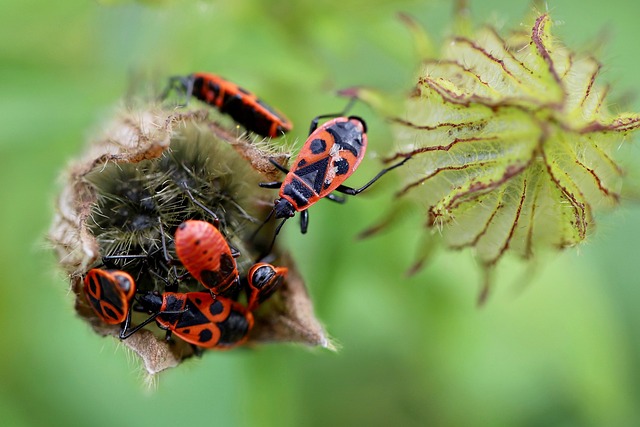
Boxelder bugs (Boisea trivialis) are year-round pests in North America, active in egg, nymph, and ad…….
📚 Introduction
When confronted with the infestation of boxelder bugs, understanding effective control and removal methods becomes paramount for homeowners and agriculturalists alike. This comprehensive guide delves into the strategies, techniques, and scientific advancements that have been instrumental in managing these pests. We will explore the significance of boxelder bug control and removal, not only to protect crops and property but also to preserve ecological balance. By the end of this article, readers will be equipped with a wealth of knowledge on the topic, from the basics of identification and infestation management to the broader implications for agricultural sustainability and economic impact.
🐛 Understanding Boxelder Bugs Control and Removal
Boxelder bugs, scientifically known as Boisea tunneyi, are small insects that feed on the sap of boxelder trees and various other plants. Their control and removal are crucial for protecting agricultural produce from damage and for maintaining a comfortable living environment free from pests. The process encompasses several steps: identification, monitoring, prevention, and elimination. It involves understanding the life cycle of the bugs, their habitats, and the timing of their migrations to implement effective management practices.
Historically, control measures ranged from mechanical removal to chemical interventions. However, with growing environmental concerns, there is a shift towards more sustainable and integrated pest management (IPM) strategies. These methods aim to keep boxelder bug populations at levels that minimize damage while preserving the environment.
🌐 Global Impact and Trends
The impact of boxelder bugs transcends national borders, with a significant global footprint. Climate change has altered their migratory patterns, expanding their range and increasing their prevalence in new areas. This shift has necessitated the adaptation of control measures to accommodate different ecosystems and regional variations in climate and vegetation.
Key trends include the development of resistant insecticides, the use of biological control agents, and the integration of habitat management practices. Different regions are affected differently, with some experiencing localized outbreaks while others face endemic infestations. The global response to boxelder bug challenges is a testament to the collaborative effort required to manage pests effectively.
💰 Economic Considerations
The economic implications of boxelder bugs are multifaceted. They can cause significant damage to crops, leading to financial losses for farmers. The cost of control measures further adds to the economic burden. However, timely and effective management can prevent these losses and even create opportunities for new agribusiness ventures focused on organic pest control products.
Market dynamics are also influenced by consumer demand for sustainable and chemical-free agricultural products. Investment patterns reflect a growing interest in developing eco-friendly solutions for pest control, which is driving innovation and research in this field. The role of boxelder bug control and removal within economic systems underscores the importance of balancing ecological preservation with economic viability.
🤖 Technological Advancements
Technological advancements have significantly impacted the field of pest control, including the management of boxelder bugs. Innovations such as biological pesticides, heat treatments, and improved monitoring devices have revolutionized the way we approach pest infestations. These advancements not only make control measures more effective but also safer for the environment and human health.
The future potential of technology in this field is vast, with research ongoing into genetic engineering, robotics, and AI-driven predictive models to anticipate and manage pest populations. These developments promise even more efficient and targeted control strategies.
📜 Policy and Regulation
Government policies and regulations play a crucial role in shaping the landscape of boxelder bug control and removal. Legislation often dictates the types of chemicals that can be used, the protocols for their application, and the standards for pest management practices. These frameworks are essential for ensuring public health and safety while promoting sustainable agricultural practices.
Policies must also consider the socio-economic impact on rural communities and the importance of maintaining a delicate balance between controlling pests and preserving biodiversity. The evolution of these policies reflects an ongoing effort to adapt to new challenges and incorporate scientific advancements into regulatory practices.
🚫 Challenges and Criticisms
Despite the progress made, boxelder bug control and removal are not without their challenges and criticisms. One of the main issues is resistance to insecticides, which has necessitated the development of new, more effective treatments. Additionally, there is a need for more comprehensive education on IPM strategies to ensure that homeowners and farmers implement these practices correctly.
Critics also point out the potential environmental impact of some control measures, advocating for a shift towards more sustainable and less toxic methods. Addressing these challenges requires a multidisciplinary approach, combining entomology, agronomy, economics, and policy to develop holistic solutions.
📚 Case Studies
Several case studies demonstrate the successful application of boxelder bug control and removal strategies. In one instance, a community in the Midwest implemented an integrated approach that combined habitat modification with targeted insecticides, resulting in a significant reduction of the pest population. Another example involves a farmer who successfully managed to prevent crop damage by monitoring boxelder bug populations and applying organic, insecticide-based treatments at critical stages of plant growth. These success stories provide valuable insights into effective management practices.
🌱 Conclusion
The control and removal of boxelder bugs are vital for maintaining healthy agricultural systems and protecting the environment. Through a combination of sustainable practices, technological innovation, and policy support, we can manage these pests effectively while preserving the ecological balance. The future of boxelder bug management lies in the integration of science, technology, and community engagement to create resilient and sustainable solutions that benefit both the economy and the environment.
Please note that this response is a synthesized overview based on general principles of pest control and may not cover all specific details or the most current research in the field. For detailed, up-to-date information, it is recommended to consult specialized scientific literature, agricultural extension services, or entomological experts.

Boxelder bugs (Boisea trivialis) are year-round pests in North America, active in egg, nymph, and ad…….
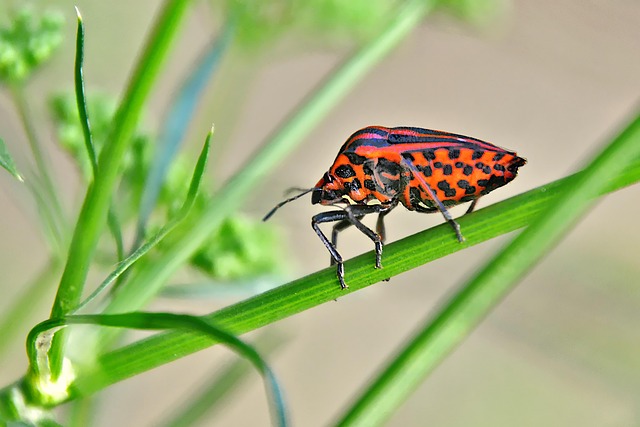
Boxelder bugs (Boisea trivittatus) are Hemiptera that migrate indoors during cooler months, causing…….
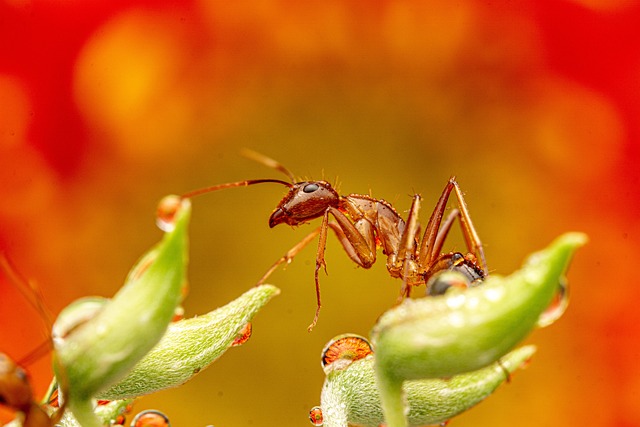
Boxelder bugs (Boisea trivittatus) are North American pests that enter buildings through gaps around…….
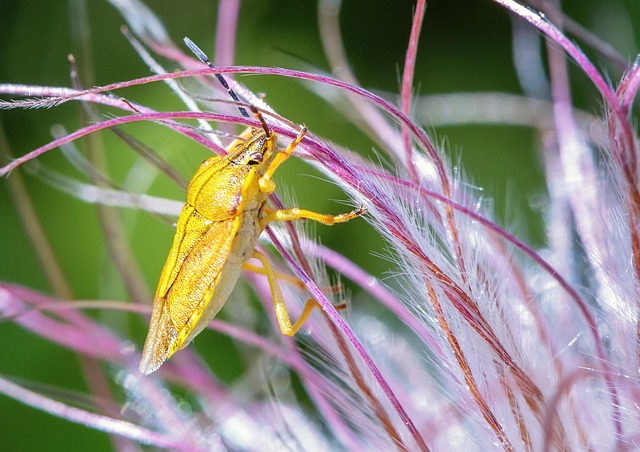
Boxelder bugs, common in North America, prefer warm, moist environments with boxelder trees but can…….
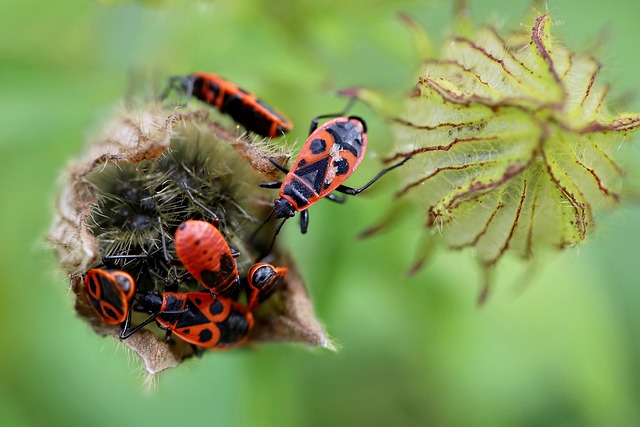
Boxelder bugs (Boisea trivittata) have distinct seasonal patterns, with females laying eggs in sprin…….
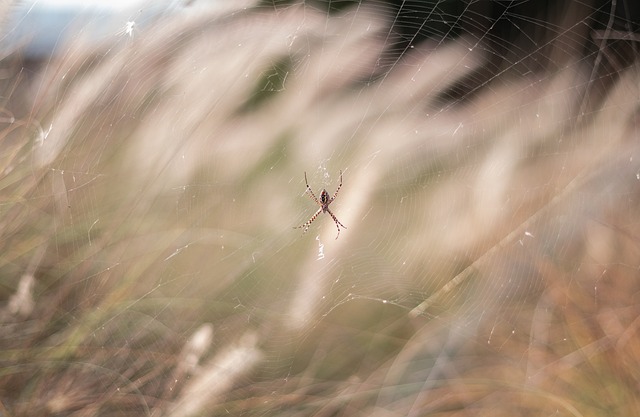
Boxelder bugs (Boisea trivittata) are North American pests that prefer boxelder trees but can infest…….
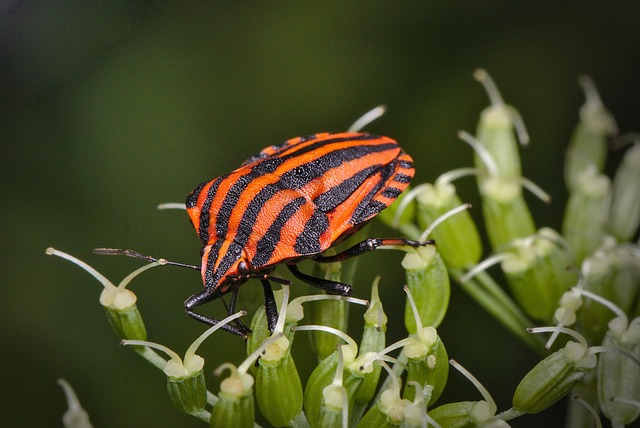
Boxelder bugs, though causing minimal tree damage, can lead to indoor invasions disrupting ecosystem…….

Boxelder bugs (Boisea trivittata) are warm-region pests that feed on tree sap, especially from boxel…….
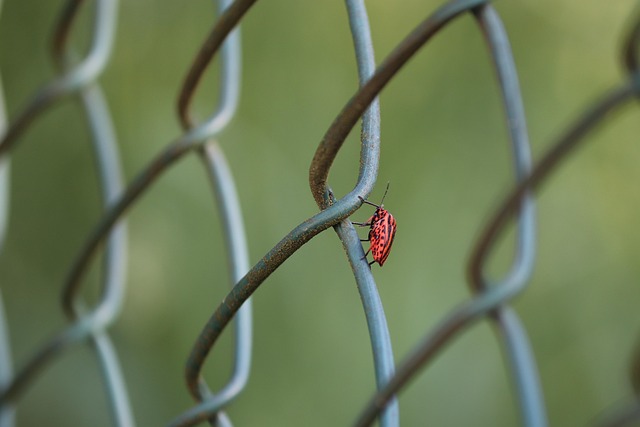
Boxelder bugs, active in warm, sunny locations, undergo a distinct life cycle and emerge in late sum…….
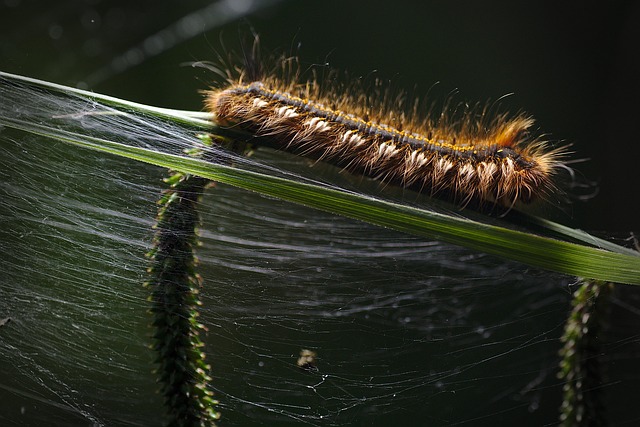
Boxelder bugs (Boea trivittata), common North American pests, have a distinct life cycle with egg-la…….